What is High-performance Lora Antenna 868MHz Hotspot Miner Antenna?
The Omni High-performance Lora Antenna 868MHz Hotspot Miner Antenna CTRF-ANTENNA-FB-0868-20260-N-M is an Outdoor antenna 5dBi Lora Antenna 868MHz EU868 fiberglass antenna manufactured by C&T RF Antennas Inc. The Lora Antenna 868MHz glass fiber LoraWan antenna is very suitable for outdoor Lora, ISM applications.
The Outdoor Antenna Omni 5dBi High-performance Lora Antenna 868MHz Hotspot Miner Antenna is manufactured by C&T RF Antennas Inc, the Lora internal antennas & Lora external antennas manufacturer in China.
C&T RF Antennas Inc provides the 15dBi Lora antenna, 11dBi Lora Antenna, 12dBi Lora antenna, 20dBi Lora antenna, 10dBi Lora antenna, 9dBi Lora antenna, 8dBi Lora antenna, 6dBi Lora antenna, 5.8dBi Lora antenna, 5dBi Lora antenna, 4dBi Lora antenna, 3dBi Glass Fiber Lora Antenna, 3dBi Lora antenna, 2.5dBi Lora antenna, 2dBi Lora antenna, etc.
C&T RF Antennas Inc provides different LoRa antenna types such as Through-hole Mount Antennas, Magnetic Mount Antennas, Rubber Duck Antennas, Fiberglass Antennas, PCB Antennas, FPC Antennas, Spring Coil Antennas, Sector Antennas, Yagi antennas, etc.
C&T RF Antennas Inc provides the internal-external antenna with many radio frequency bands such as Cellular, 6G, 5G, 4G, 3G, NB-IoT, GNSS, GPS, Dual-band Wifi, 5.8 GHz, 2.4 GHz, 169MHz, 230MHz, 315MHz, 433MHz, 868MHz, 915MHz LoRa, UWB, RFID, ADS-B, etc.
C&T RF Antennas Inc provides single-band, dual-band, and multi-band antennas such as 3in1 combination antennas 4G/GPS/Wifi antennas, 2in1 4G/GPS antennas, GSM/GPS antennas, 4G/Wifi antennas, GPS/Wifi antennas, etc. for Wi-Fi And Bluetooth, GPS And GNSS, LoRa And ISM, IoT, And M2M applications.
The Omni High-performance Lora Antenna 868MHz Hotspot Miner Antenna is available at C&T RF Antennas Inc.
C&T RF Antennas Inc offers Lora Antenna 868MHz Hotspot Miner Antenna inventory, Lora Antenna 868MHz Hotspot Miner Antenna pricing, & Lora Antenna 868MHz Hotspot Miner Antenna datasheets, and the other Lora antennas.
High-performance Lora Antenna 868MHz Hotspot Miner Antenna Specifications
High-performance Lora Antenna 868MHz Hotspot Miner Antenna Electrical Specifications | |
| RF Antenna Type | Omni Fiberglass Antenna |
| Model | CTRF-ANTENNA-FB-0868-20260-N-M |
| Frequency Range | 850-930MHz |
| Gain | 5dBi |
| VSWR | ≤1.5 |
| Impedance | 50 Ω |
| Polarization | Vertical |
| Directional | Omni-directional |
| Connector | N-type Male |
| Max Power | 50W |
| Lightning Protection | DC-Ground |
High-performance Lora Antenna 868MHz Hotspot Miner Antenna Mechanical Specifications | |
| Dimension | 20*260mm |
| Weight | Approx. 220g |
| Radome Material | Fiberglass |
| Operation Temperature | -20˚C ~ +85˚C |
| Storage Temperature | -40˚C ~ +85˚C |
| Color | Grey |
| Antenna Design | Dipole Array |
| Mounting | Screw |
| Safety Emission and other | RoHS Compliant |
| Applications | Public Safety/LMR/P25/TETRA, ISM/SCADA/Utilities, RFID, IoT/NB-IoT/LoRa |
What is the LoRaWAN network capacity?
In order for a Lora star network to be available over long distances, the gateway must have a very high capacity or be able to receive data from a very large number of Lora nodes.
The high network capacity of a LoRaWAN network relies on the use of adaptive data rates and the use of a multi-channel multimode transceiver at the gateway, so that synchronous messages on multiple channels are received.
The most important factors affecting the effective capacity are the number of channels present at the same time, the data rate, the net load length, and the frequency of node transmissions.
Because LoRa is based on spread spectrum modulation, the signals are orthogonal to each other when different extension factors are in use. When the spread factor is changed, the effective data rate is also changed.
The Lora gateway uses this property to receive several different data rates on the same channel at the same time. If the Lora node has a good connection and is close to the gateway, it is not necessary for it to always use the lowest data rate and occupy a higher spectrum than it needs.
By increasing the data rate, the data transmission time over the air is reduced, potentially increasing the space available for other Lora nodes to transmit data. Adaptive data rates also optimize the battery life of Lora nodes.
In order for the adaptive rates to take effect, peer-to-peer up and downlinks are required. These features allow LoRaWAN networks to have a very high capacity and make the network more reliable.
A Lora network can be deployed with the minimum infrastructure required, and if more capacity is required, LoraWan gateways can be added, increasing the capacity by a factor of 6 to 8.
Other LPWANs do not have the reliability of LoRaWAN because the technical trade-offs limit the downlink capacity or the down-link distance is not equal to the up-link distance.
What is LoRaWAN communication encryption?
Wide area networks with nationwide coverage target IoT applications such as critical infrastructure construction, confidential personal data transmission, or social public services.
With regard to secure communication, LoRaWAN generally uses multiple layers of encryption to address.
i. a unique network key (EU164) to secure the network layer.
ii. a unique application key (EU164) to ensure end-to-end security at the application layer.
iii. a special key (EUI128) belonging to the device.
What are LoRaWAN Class A/B/C terminals?
The LoRaWAN network classifies terminal devices into three classes A/B/C according to their practical applications.
Class A: Two-way communication terminal devices. Terminal devices in this class allow bi-directional communication, with each terminal device’s uplink transmission being accompanied by two downlink reception windows.
The transmission slots of the terminal devices are based on their own communication requirements and their fine-tuning is based on a random time base (ALOHA protocol).
Terminal devices belonging to Class A have the lowest power consumption at application time. After the terminal sends an uplink transmission signal, the server is able to communicate downlink very quickly, and at any time the server’s downlink communication can only follow the uplink communication.
Class B: Two-way communication terminals with pre-defined reception slots.
This class of terminal devices opens a redundant reception window at a preset time. To achieve this, the terminal device synchronizes the reception of a Beacon from the gateway, which synchronizes the time of the base station with the module. This way the server is aware that the end device is receiving data.
Class C: Two-way communication terminals with maximum reception slots. This class of terminal devices opens the reception window continuously and closes it only when transmitting.
High-performance Lora Antenna 868MHz Hotspot Miner Antenna Fiberglass antenna features and applications
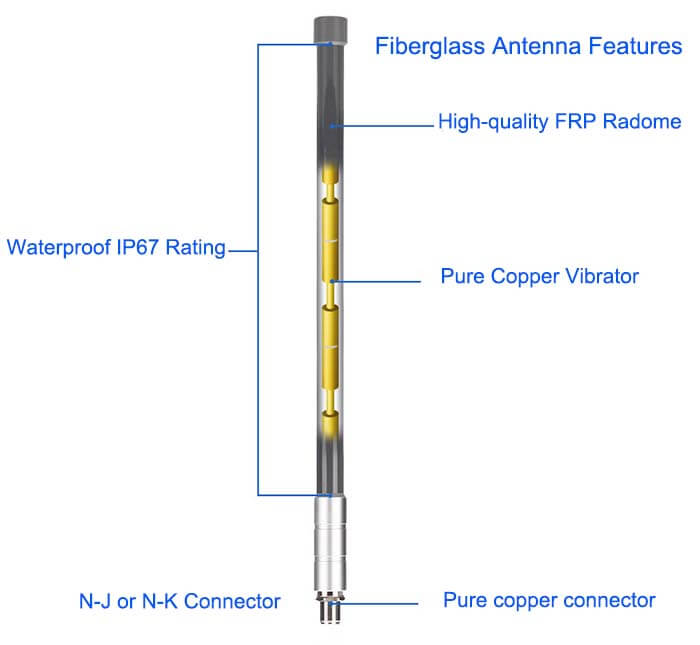
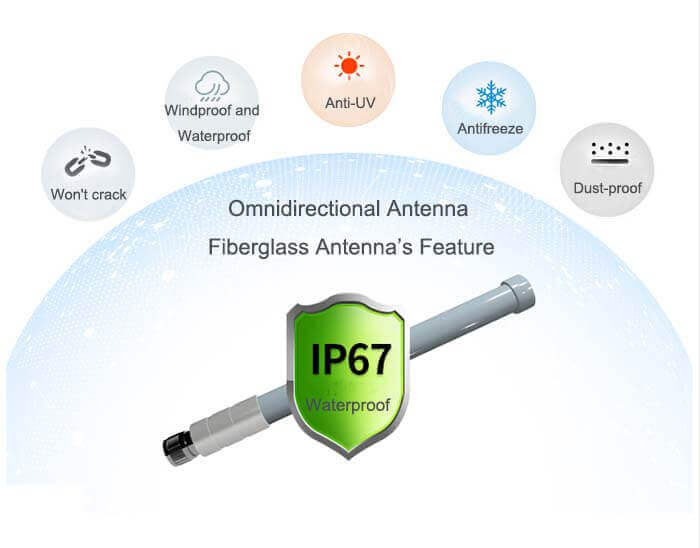
How do you mount a High-performance Lora Antenna 868MHz Hotspot Miner Antenna?
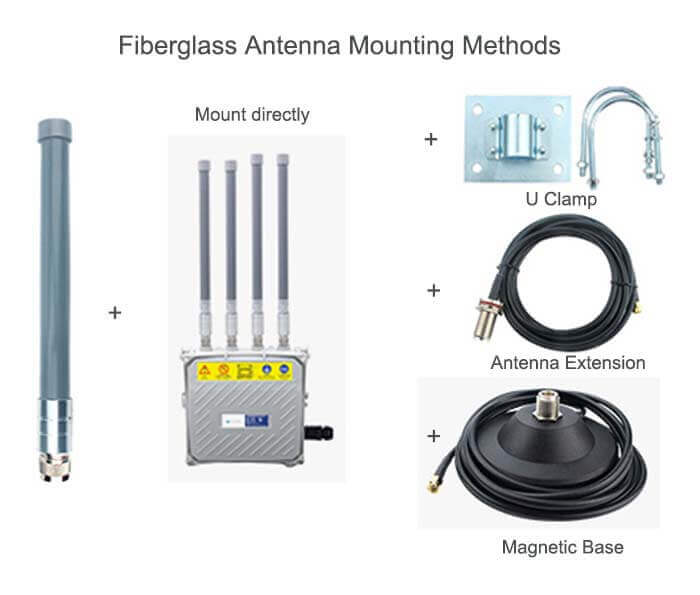
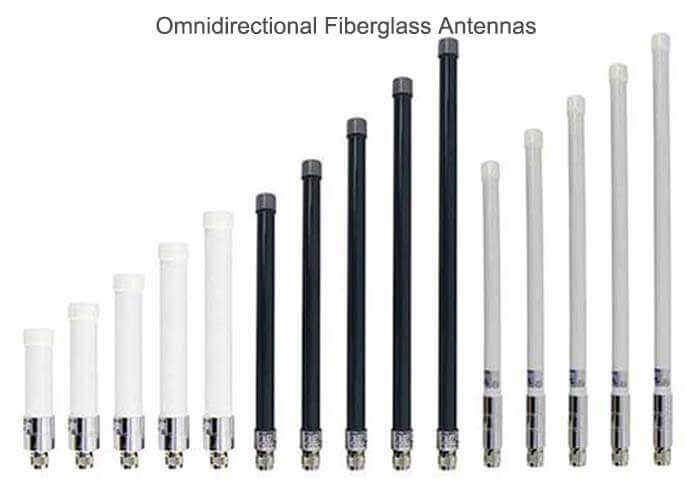
High-performance Lora Antenna 868MHz Hotspot Miner Antenna Applications


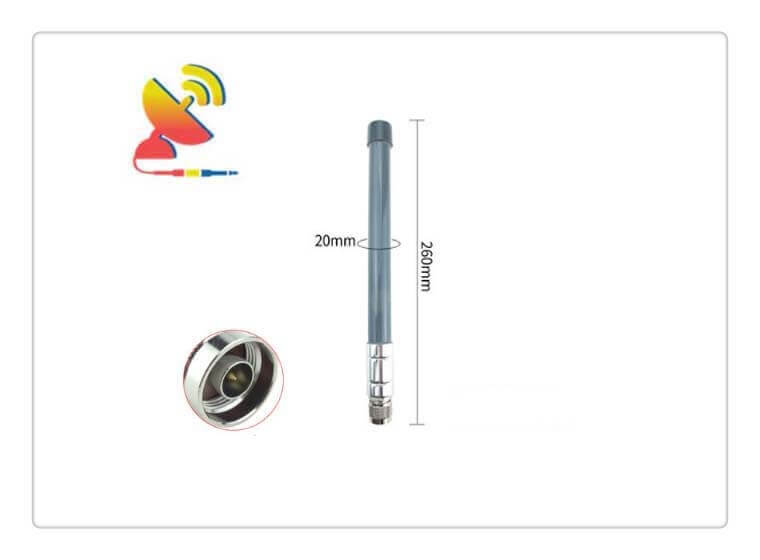
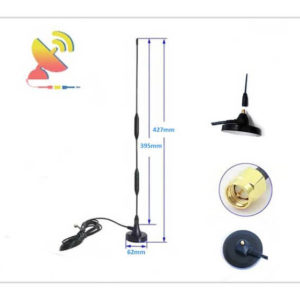
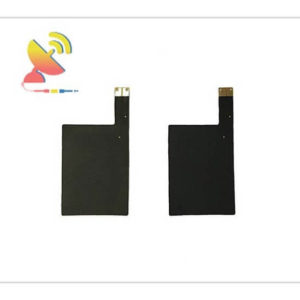
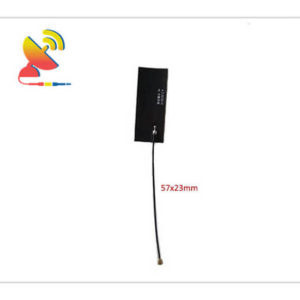
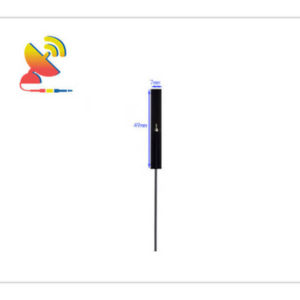
Reviews
There are no reviews yet.